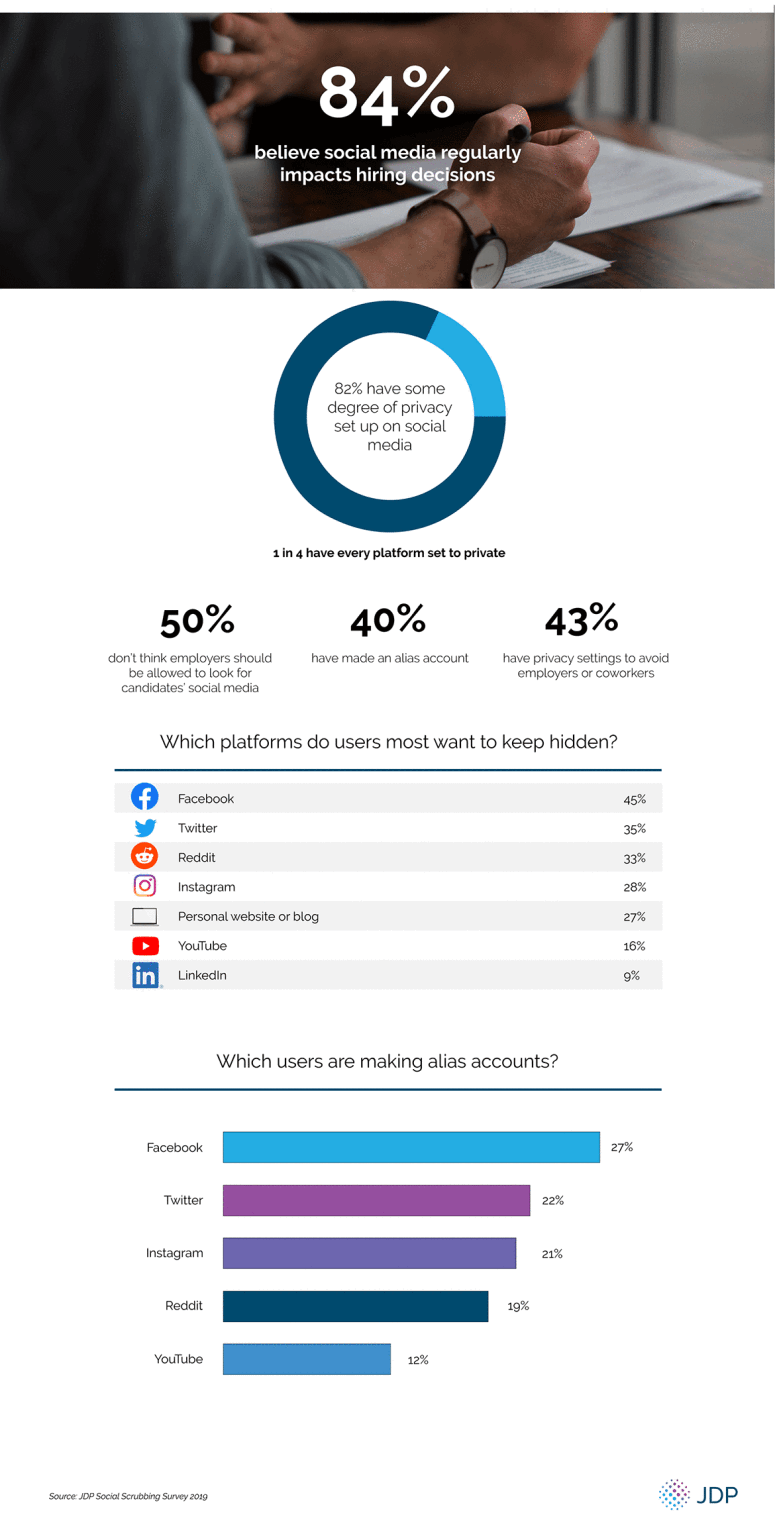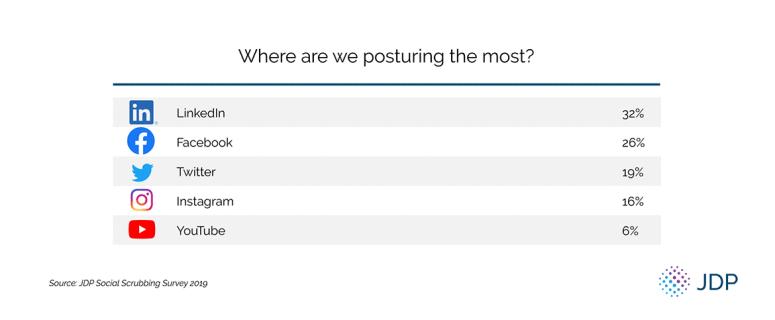Just let us have Huawei and get on with 5G, UK mobe networks tell MPs
British telcos and academics have told a Parliamentary enquiry the UK needs to get on with allowing Huawei equipment into the heart of its future 5G networks.
In submissions to an ongoing consultation entitled Ensuring access to “safe” technology: the UK’s 5G infrastructure and national security inquiry, business and academia alike have largely rubbished US-led concerns over the security of the Chinese firm’s 5G network hardware.
Industry was also clear: despite Brexit, Britain ought to get on board with the EU’s plans for regulating 5G – on the grounds that this “provides a good initial opportunity for international cooperation”, in Huawei’s own words to the enquiry.
On top of that, Britain should hold its nose on the thorny Huawei security issue and instead concentrate on the large number of varying (but invariably positive) economic growth predictions for countries with mature 5G deployments.
As think tank RUSI said in its submission, “For certain functions like the radio access network, only Huawei, Ericsson, and Nokia, or the ‘Big 3′, produce equipment with the necessary capabilities at sufficient scale.” That rather typified the tone of the telcos’ submissions.
Infosec biz NCC Group said in its submission to the enquiry that the “small” size of the British 5G market meant the UK would have limited ability to “counter adversarial dominance in global standard setting bodies and fora”. This, it claimed, would see British telcos being left “unable, or unwilling, to refuse deployment in UK markets and infrastructure” of equipment that doesn’t meet British security standards.
While plenty of Huawei equipment currently serves 3G and 4G networks in Blighty, the theory behind prior inspection by organisations such as HCSEC is that their vulns are at least known quantities before live deployment.
Drink deep, customers
Huawei itself knows full well where it sits on the issue of UK 5G security; it is one of the three firms capable of selling and supporting 5G mobile network gear at scale. Telling the committee that “all three of the UK’s main suppliers are international companies, in their ownership,” the Chinese firm said: “There is currently no domestic alternative that could meet the UK’s deployment targets.”
Translation: you can’t beat us, you’ve already joined us, why change that?
Huawei 5G customer Three agreed, saying it is “important for any decision about the future of 5G supply and in particular a decision in relation to the role of Huawei in the UK is taken as soon as is practical.”
“Any unnecessary delay,” Three thundered, “in reaching this decision risks the UK 5G leadership ambitions as well as significant cost to Mobile Networks who [have] already started to deploy 5G technology and offer 5G services.”
Nothing to do with having to re-rip-and-replace its network kit, having swapped Samsung kit out in favour of Chinese gear over the past few years.
BT, meanwhile, the country’s largest telco, echoed NCC’s point about how the UK “remains a relatively small market for global vendors” but differed on our ability to punch above our weight, saying “the commercial and regulatory decisions taken here do and will resonate strongly across Europe and around the world.”
EE by gum, didn’t know that
“For example,” it said, “EE is a global reference network for the industry’s biggest companies, including Apple, Samsung, Qualcomm and Nokia.”
The one-time state monopoly is also in favour of keeping Huawei, telling the Parliamentary enquiry that it must prioritise “ensuring national security assessments of the role of foreign actors in UK companies” while making sure they “do not unduly limit the UK’s access to innovation and investment.”
Just to make it clear, BT also said: “We do not view a ban on using Huawei in access networks as a proportionate response, given the range of protections in place.”
Meanwhile Huawei 5G competitor Nokia said “it is important that regulation is kept as light as possible so that innovation is not stifled,” before adding: “However, the development of security regulation, as a part of national security, is an important area, and although government has made progress in the involvement of vendors in policy development, a deeper engagement would be welcomed.”
The Finnish firm suggested a dedicated cyber security ministerial post be created, working “across Cabinet Office and DCMS to coordinate policy and reflect the importance of the sector.” ®
Sponsored:
How to get more from MicroStrategy by optimising your data stack
Article source: http://go.theregister.com/feed/www.theregister.co.uk/2019/10/10/5g_security_review_parliament_submissions/

 Check out
Check out  Check out
Check out 


